It’s funny to notice the differences between America and European. There’s different cuisine, a different culture, and even different toilets. Facility managers can benefit greatly by learning about the differences in toilets and bathroom amenities that are found all throughout Europe. Some of these differences may leave you rethinking your facility’s restrooms and inspired to change the experience altogether.
Here’s the five major differences between American and European toilets.
Flushing & Water Usage
American toilets feature a single handle when it’s time to flush. The feature works fine; however, Europe has a few variations on flushing that may pique your interests. Older toilets found in European bathrooms feature a pull chain that’s mounted about the actual toilet that requires the occupant to pull when finished. However, the newer toilets feature a dual-flush system. The toilets feature two different handles that offer varying water and water pressure, depending on the amount of waste, which can actually help conserve water.
Post-Use Sanitation
In America, toilet stalls feature mounted toilet paper dispensers for occupants to clean themselves once they’re finished. In Europe, toilet paper is certainly an option for sanitation, but most occupants overseas prefer to use the bidet for cleaning themselves post toilet use. Bidets feature a mounted spout that sprays water when the occupant is in place and able to press a button. This cuts down on paper usage, but Americans may not be on board with this quite yet.
Toilet Types
Americans have the standard toilet bowl and urinal in restrooms, while Europeans have a few varying options. Squat toilets, found in southern and eastern Europe, are essentially a hole in the floor. The rest of Europe features the toilets similar to those found in America.
As for the urinals, American bathrooms feature rows of urinals divided by privacy partitions. European bathrooms don’t feature individual urinals. Instead, there’s a trough that can accommodate several occupants at once. While it may save on water usages with just one drain, it can make tourists a bit uncomfortable.
Costs of Using the Toilet
Public restrooms in America don’t require a payment for use, but the “customers only” rule may apply. Some public restrooms in Europe actually require a fee to use the toilet. The fee is usually 1.5 Euros to gain access to the restroom.
Partitions & Privacy
While almost all toilets around the globe are private, there are noticeable differences between American and European toilet partitions. American partitions offer a good deal of privacy, but the exposed feet and top, combined with the sight lines between the door and frame, may make some occupants a bit uncomfortable. European toilets offer exceptional privacy because instead of a thin partition, it’s actually an enclosed stall. This trend is starting to make its way overseas with Scranton Products Aria Partitions®.
Adapting Your Restroom to Bring the Best of Both Worlds
Now that you’re aware of some of the notable differences between American and European toilets and bathrooms, you can perhaps come up with some ideas of how you can improve the restroom in your facility. While you may not want to choose the squatting toilet, you can probably take notes of the privacy offered by European restrooms and bring it your facility for an improved experience for the occupants.
Want to learn some helpful tips and tricks on renovating your facility’s restroom? Check out these eBooks, The Professionals Guide to Commercial Bathroom Renovations and Remodels & Choosing Bathroom Materials, from your friends at Scranton Products.

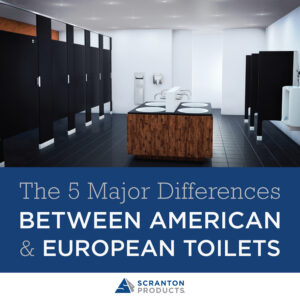
 There’s no better way to rally students behind an idea than by making it competitive. Speak with administration to brainstorm an idea for a recycling contest that the whole school can get behind. Divide the student body into teams by grade. The key is to figure out the prizes. There can be anything from fun field trips to catered lunches. Once you’ve got the contest parameters and prizes figured out, hang up posters and flyers to invoke school spirit and the benefits of recycling.
There’s no better way to rally students behind an idea than by making it competitive. Speak with administration to brainstorm an idea for a recycling contest that the whole school can get behind. Divide the student body into teams by grade. The key is to figure out the prizes. There can be anything from fun field trips to catered lunches. Once you’ve got the contest parameters and prizes figured out, hang up posters and flyers to invoke school spirit and the benefits of recycling.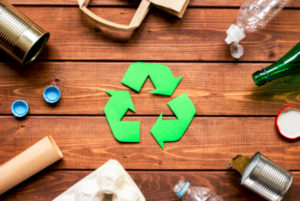 Recycling is a two-way street, and while it’s important to recycle your products, it’s equally as important to utilize products that have already been recycled to keep the green momentum going. There are a variety of materials that can be used to help you complete this process. Considering replacing your current
Recycling is a two-way street, and while it’s important to recycle your products, it’s equally as important to utilize products that have already been recycled to keep the green momentum going. There are a variety of materials that can be used to help you complete this process. Considering replacing your current 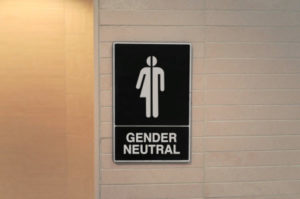 Going for the single-occupant bathrooms can help make every occupant feel comfortable without making them choose a specific restroom to utilize, regardless of what gender they identify as. Single-occupant restrooms are a great mediation because it appeals to everybody and provides adequate comfort and privacy to every occupant throughout the day.
Going for the single-occupant bathrooms can help make every occupant feel comfortable without making them choose a specific restroom to utilize, regardless of what gender they identify as. Single-occupant restrooms are a great mediation because it appeals to everybody and provides adequate comfort and privacy to every occupant throughout the day.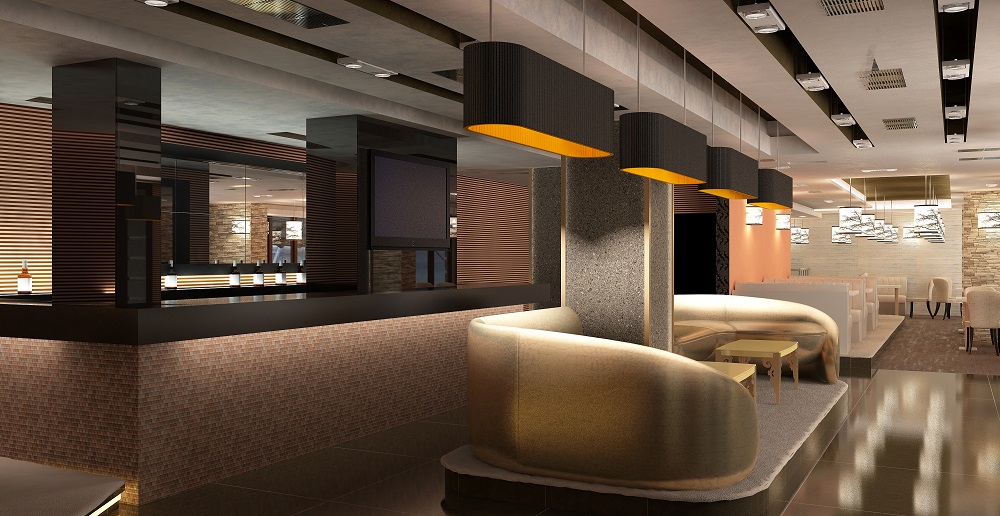
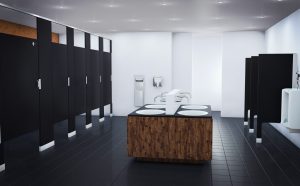 Think Long-Term & Sustainable
Think Long-Term & Sustainable The Types of Lockers
The Types of Lockers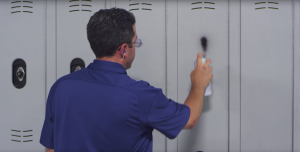 Longevity
Longevity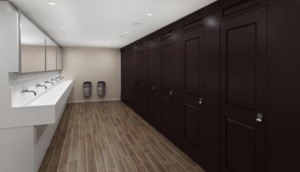
 Creating a Safe Learning Environment
Creating a Safe Learning Environment When you walk down the halls and see instances of vandalism, it’s never fun, especially when there’s graffiti all over the walls and lockers. You can
When you walk down the halls and see instances of vandalism, it’s never fun, especially when there’s graffiti all over the walls and lockers. You can